Home>Gardening & Outdoor>Landscaping Ideas>How To Remove Zoysia Grass
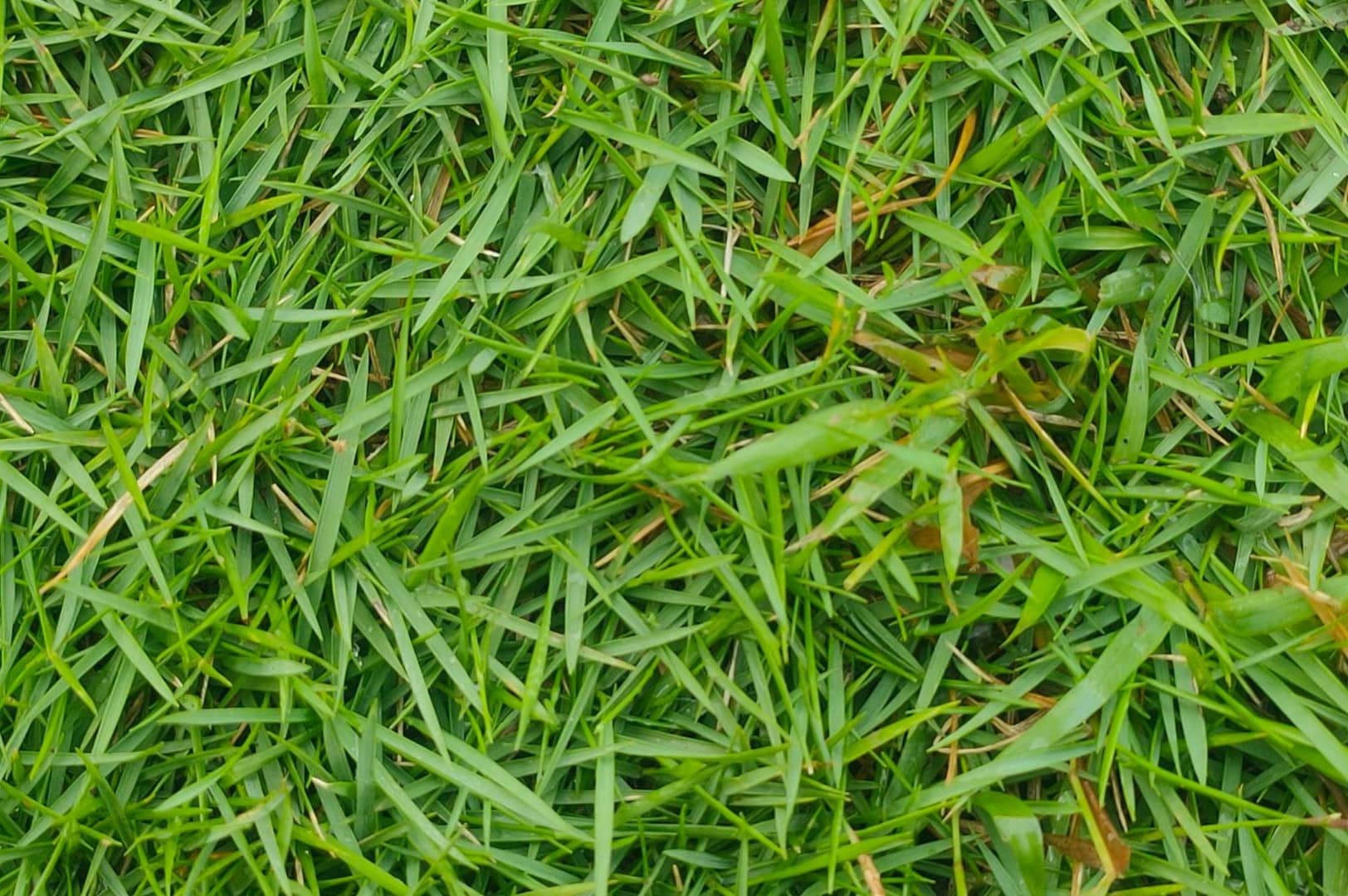

Landscaping Ideas
How To Remove Zoysia Grass
Modified: May 6, 2024
Learn effective landscaping ideas to remove Zoysia grass from your lawn. Discover expert tips and techniques for a flawless lawn transformation.
(Many of the links in this article redirect to a specific reviewed product. Your purchase of these products through affiliate links helps to generate commission for Storables.com, at no extra cost. Learn more)
Introduction
So, you've decided it's time to bid farewell to your Zoysia grass. Whether you're looking to replace it with a different type of grass or considering a landscaping overhaul, the first step is to effectively remove the existing Zoysia grass. While Zoysia is known for its resilience and lush appearance, it can also be quite invasive, making its removal a challenging task. However, fear not! With the right approach and a bit of elbow grease, you can successfully bid adieu to your Zoysia grass and prepare the ground for a fresh start.
In this comprehensive guide, we'll delve into the various methods for removing Zoysia grass, ranging from chemical solutions to non-chemical approaches. By the end of this article, you'll be equipped with the knowledge and insights needed to tackle this task with confidence. Whether you're a seasoned gardener or a novice enthusiast, the following information will empower you to transform your outdoor space according to your vision. Let's embark on this green journey together and discover the best ways to bid farewell to Zoysia grass.
Key Takeaways:
- Say goodbye to Zoysia grass with either chemical or non-chemical methods. Choose glyphosate for targeted removal or opt for labor-intensive, eco-friendly approaches like solarization and smothering.
- Understand Zoysia grass’s resilience and choose the best removal method for your landscape. Whether it’s chemical precision or natural labor, bid farewell to Zoysia and welcome a fresh outdoor space.
Read more: When To Plant Zoysia Grass Plugs
Understanding Zoysia Grass
Zoysia grass, scientifically known as Zoysia japonica, is a warm-season grass that is prized for its dense, lush growth and tolerance to a variety of soil types. This grass variety is often chosen for lawns, golf courses, and athletic fields due to its ability to withstand heavy foot traffic and its overall resilience. However, its vigorous growth and spreading nature can also make it a challenging presence in landscapes where it is not desired.
One of the key characteristics of Zoysia grass is its extensive root system, which enables it to thrive in diverse conditions and compete with other plant species. Its deep roots make it drought-tolerant and capable of withstanding periods of limited water availability. Additionally, Zoysia grass exhibits excellent heat tolerance, making it well-suited for regions with hot summers.
When left uncontained, Zoysia grass can quickly encroach upon flower beds, walkways, and other areas where its presence may not be desired. Its aggressive growth habit can make it challenging to maintain a neat and orderly landscape, prompting homeowners and gardeners to consider its removal.
It’s important to note that while Zoysia grass offers several desirable traits, its tenacious nature can pose a challenge when attempting to remove it from a specific area. Understanding the growth patterns and resilience of Zoysia grass is crucial for devising an effective removal strategy that minimizes its potential for re-establishment.
Now that we have a better understanding of Zoysia grass and its characteristics, let’s explore the methods for removing this resilient grass from your landscape.
Methods for Removing Zoysia Grass
When it comes to removing Zoysia grass, there are several methods to consider, each with its own set of advantages and challenges. Whether you prefer a chemical approach or favor non-chemical methods, there are options available to suit your preferences and the specific needs of your landscape. Let’s explore the various methods for removing Zoysia grass, providing insight into the techniques that can help you achieve your desired results.
Chemical Methods
Chemical methods for removing Zoysia grass typically involve the use of herbicides specifically formulated to target and eradicate this resilient grass species. Selective herbicides designed to control or eliminate Zoysia grass can be effective when applied correctly, offering a targeted approach to address the unwanted growth without harming desirable plants in the vicinity.
One common herbicide used for Zoysia grass removal is glyphosate, a non-selective herbicide that effectively kills a wide range of plant species upon contact. When using glyphosate or similar herbicidal products, it’s crucial to follow the manufacturer’s instructions and take necessary precautions to prevent unintended damage to nearby plants. Additionally, multiple applications may be required to fully eradicate Zoysia grass, especially if it has established a dense presence in the area.
Non-Chemical Methods
For those who prefer non-chemical approaches to removing Zoysia grass, several methods can be employed to address this task without relying on herbicidal products. One popular non-chemical method involves physically removing the Zoysia grass through manual labor, using tools such as a sod cutter or a sharp spade to lift and extract the grass and its root system from the soil.
Another non-chemical approach is solarization, a technique that harnesses the power of the sun to effectively kill off existing vegetation, including Zoysia grass. By covering the targeted area with clear plastic sheeting and allowing the sun’s heat to build up underneath, the enclosed space becomes inhospitable for plant growth, effectively eliminating the Zoysia grass over time.
Furthermore, the process of smothering the Zoysia grass by covering it with mulch or heavy layers of cardboard and organic matter can hinder its growth and eventually lead to its demise. This method effectively deprives the grass of light and air, impeding its ability to thrive and gradually weakening its presence in the designated area.
By exploring both chemical and non-chemical methods for removing Zoysia grass, you can select an approach that aligns with your preferences and the specific conditions of your landscape. Each method offers its own set of benefits and considerations, allowing you to make an informed decision based on your unique situation and desired outcomes.
Read more: How Often To Water Zoysia Grass
Chemical Methods
Chemical methods for removing Zoysia grass typically involve the use of herbicides specifically formulated to target and eradicate this resilient grass species. Selective herbicides designed to control or eliminate Zoysia grass can be effective when applied correctly, offering a targeted approach to address the unwanted growth without harming desirable plants in the vicinity.
One common herbicide used for Zoysia grass removal is glyphosate, a non-selective herbicide that effectively kills a wide range of plant species upon contact. When using glyphosate or similar herbicidal products, it’s crucial to follow the manufacturer’s instructions and take necessary precautions to prevent unintended damage to nearby plants. Additionally, multiple applications may be required to fully eradicate Zoysia grass, especially if it has established a dense presence in the area.
Glyphosate-based herbicides work by translocating throughout the plant, ultimately disrupting essential cellular processes and leading to the demise of the treated vegetation. When applying herbicides to target Zoysia grass, it’s important to do so during periods of active growth, ensuring that the grass effectively absorbs the herbicidal solution and maximizes its impact on the targeted plants.
Before using herbicidal products, it’s advisable to assess the surrounding vegetation and take measures to protect desirable plants from accidental exposure to the herbicide. Shielding neighboring plants with physical barriers or applying the herbicide with precision can help minimize the risk of unintended harm to non-targeted vegetation.
It’s important to note that while chemical methods can be effective for removing Zoysia grass, they require careful application and consideration of potential environmental impacts. Additionally, local regulations and guidelines regarding the use of herbicidal products should be adhered to, ensuring responsible and safe practices when employing chemical solutions for grass removal.
By understanding the principles of chemical methods for removing Zoysia grass and following best practices for herbicide application, you can effectively address unwanted grass growth while safeguarding the overall health and balance of your landscape.
To remove Zoysia grass, you can use a sod cutter to cut and remove the grass along with its roots. Make sure to water the area thoroughly before cutting to make the process easier.
Non-Chemical Methods
For those who prefer non-chemical approaches to removing Zoysia grass, several methods can be employed to address this task without relying on herbicidal products. One popular non-chemical method involves physically removing the Zoysia grass through manual labor, using tools such as a sod cutter or a sharp spade to lift and extract the grass and its root system from the soil.
This labor-intensive approach requires patience and physical effort but can be highly effective in eradicating Zoysia grass from the designated area. By carefully cutting and lifting the grass and its underlying roots, you can gradually clear the space and prepare it for alternative landscaping options.
Another non-chemical approach is solarization, a technique that harnesses the power of the sun to effectively kill off existing vegetation, including Zoysia grass. By covering the targeted area with clear plastic sheeting and allowing the sun’s heat to build up underneath, the enclosed space becomes inhospitable for plant growth, effectively eliminating the Zoysia grass over time.
Solarization typically involves leaving the plastic sheeting in place for several weeks during the warmest part of the year, allowing the accumulated heat to penetrate the soil and eradicate the unwanted vegetation. This method offers a natural and environmentally friendly approach to grass removal, utilizing solar energy to create unfavorable conditions for plant survival.
Furthermore, the process of smothering the Zoysia grass by covering it with mulch or heavy layers of cardboard and organic matter can hinder its growth and eventually lead to its demise. This method effectively deprives the grass of light and air, impeding its ability to thrive and gradually weakening its presence in the designated area.
When employing non-chemical methods for removing Zoysia grass, it’s important to consider the specific conditions of the targeted area and the level of persistence required to achieve successful eradication. While these methods may require more time and physical effort compared to chemical solutions, they offer environmentally conscious alternatives for addressing unwanted grass growth without relying on herbicidal products.
By exploring non-chemical methods for removing Zoysia grass, you can embrace natural and labor-intensive approaches that align with your sustainability goals and landscape management preferences.
Conclusion
As we conclude our exploration of removing Zoysia grass from your landscape, it’s evident that a variety of methods are available to address this task effectively. Whether you opt for chemical solutions or prefer non-chemical approaches, each method offers its own set of benefits and considerations, allowing you to make an informed decision based on your unique circumstances and environmental preferences.
Chemical methods, such as the use of selective herbicides like glyphosate, provide targeted and efficient means of eradicating Zoysia grass when applied with care and consideration for surrounding vegetation. These solutions can expedite the removal process and offer precise control over the targeted grass species, contributing to the successful transformation of your landscape.
On the other hand, non-chemical methods, including manual removal, solarization, and smothering, offer environmentally friendly and labor-intensive alternatives for addressing unwanted Zoysia grass growth. While these methods may require more time and physical effort, they align with sustainable landscaping practices and provide natural solutions for grass removal without relying on herbicidal products.
Regardless of the chosen method, it’s essential to approach the task of removing Zoysia grass with a thorough understanding of its growth patterns and resilience. By devising a well-informed strategy and implementing the selected method with care and persistence, you can successfully bid farewell to Zoysia grass and prepare the ground for new landscaping endeavors.
As you embark on this green journey, consider the unique characteristics of your landscape and the desired outcomes for the transformed space. Whether you envision a vibrant garden, a pristine lawn, or a reimagined outdoor sanctuary, the process of removing Zoysia grass marks the beginning of an exciting chapter in your landscaping endeavors.
By embracing the methods outlined in this guide and adapting them to suit your specific needs, you can navigate the task of removing Zoysia grass with confidence and purpose. As you witness the gradual transformation of your landscape, may the process inspire creativity and a deeper connection to the natural world, fostering a space that reflects your vision and botanical aspirations.
With the knowledge and insights gained from this guide, you are well-equipped to embark on the journey of removing Zoysia grass and shaping your outdoor environment according to your preferences and aspirations. Embrace the possibilities, celebrate the green spaces, and savor the rewarding experience of nurturing a landscape that harmonizes with your lifestyle and aesthetic sensibilities.
After mastering how to remove Zoysia grass, why not transform your outdoor space further? Find inspiration with our comprehensive guide on the most creative garden fence ideas. From practical solutions to stylish designs, these tips will redefine your home's landscape. Perfect your lawn's appeal and functionality simultaneously!
Frequently Asked Questions about How To Remove Zoysia Grass
Was this page helpful?
At Storables.com, we guarantee accurate and reliable information. Our content, validated by Expert Board Contributors, is crafted following stringent Editorial Policies. We're committed to providing you with well-researched, expert-backed insights for all your informational needs.
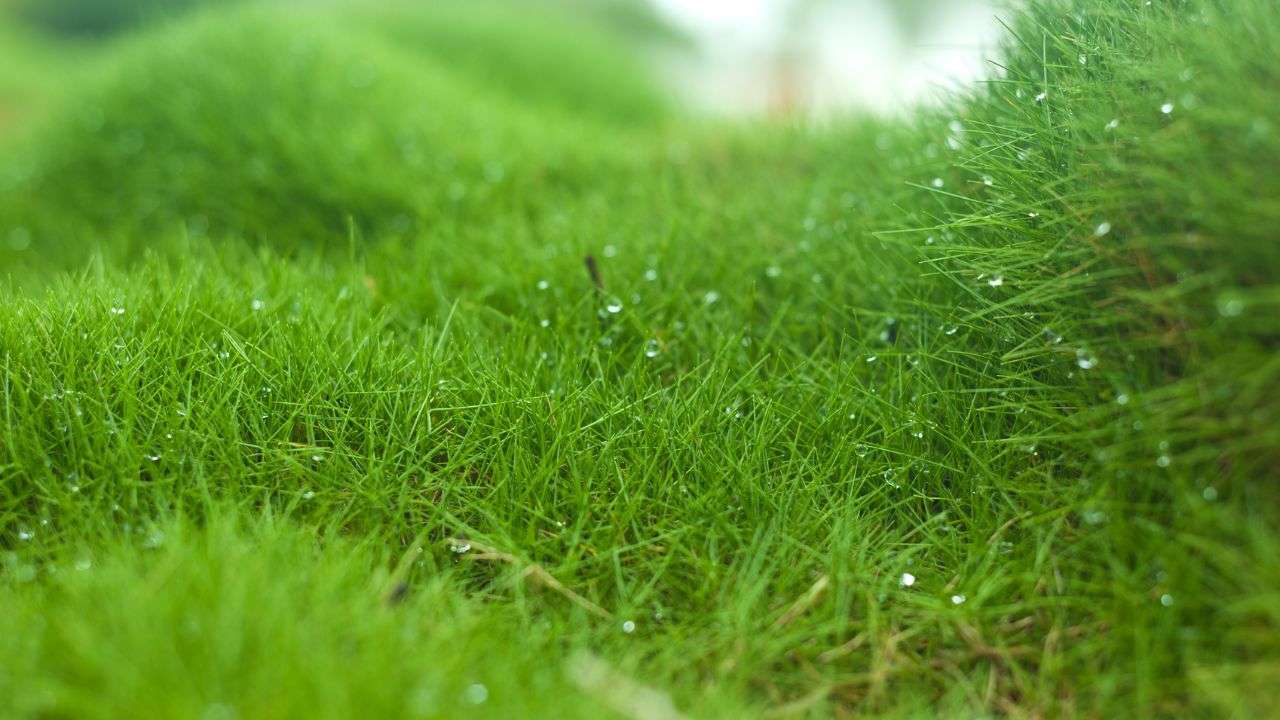
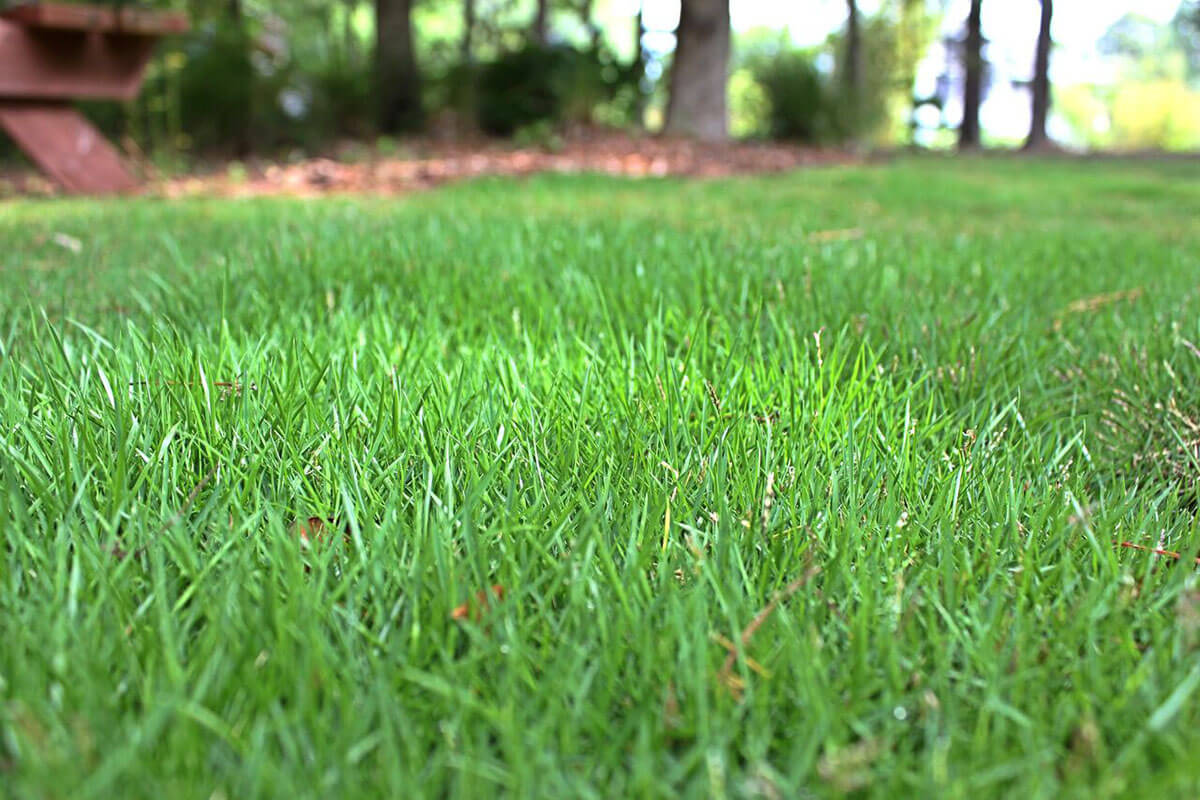
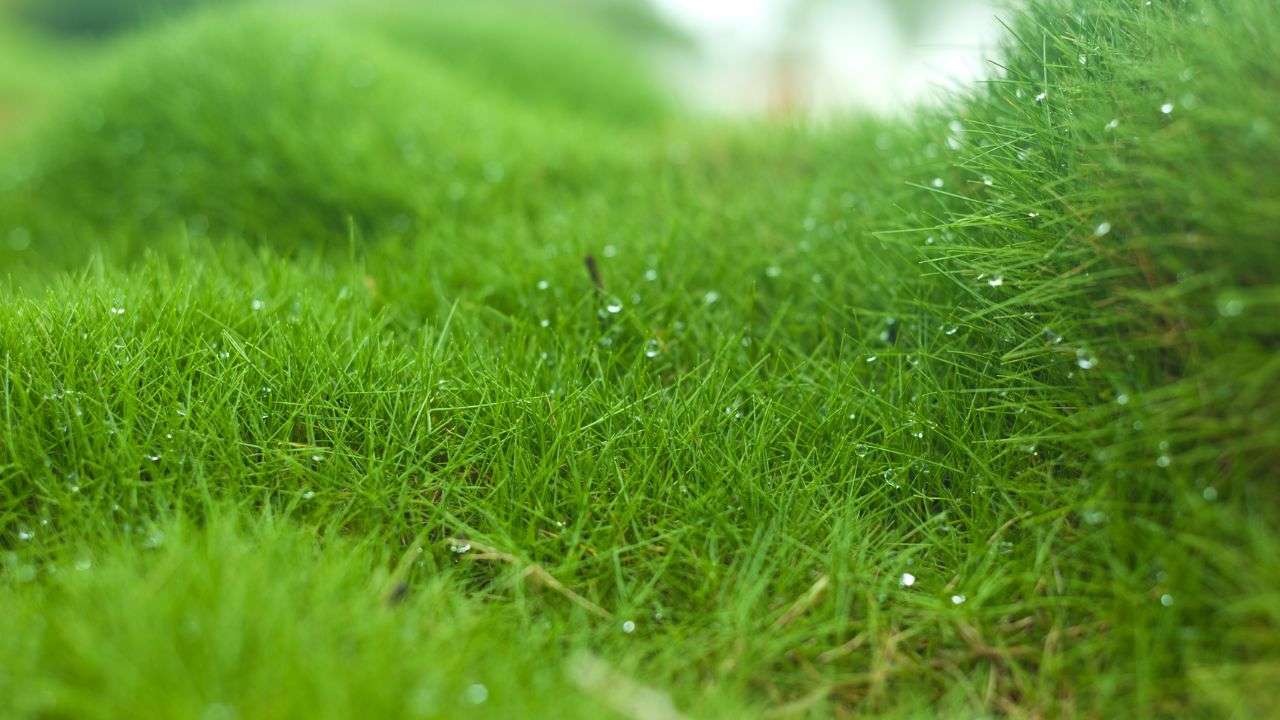
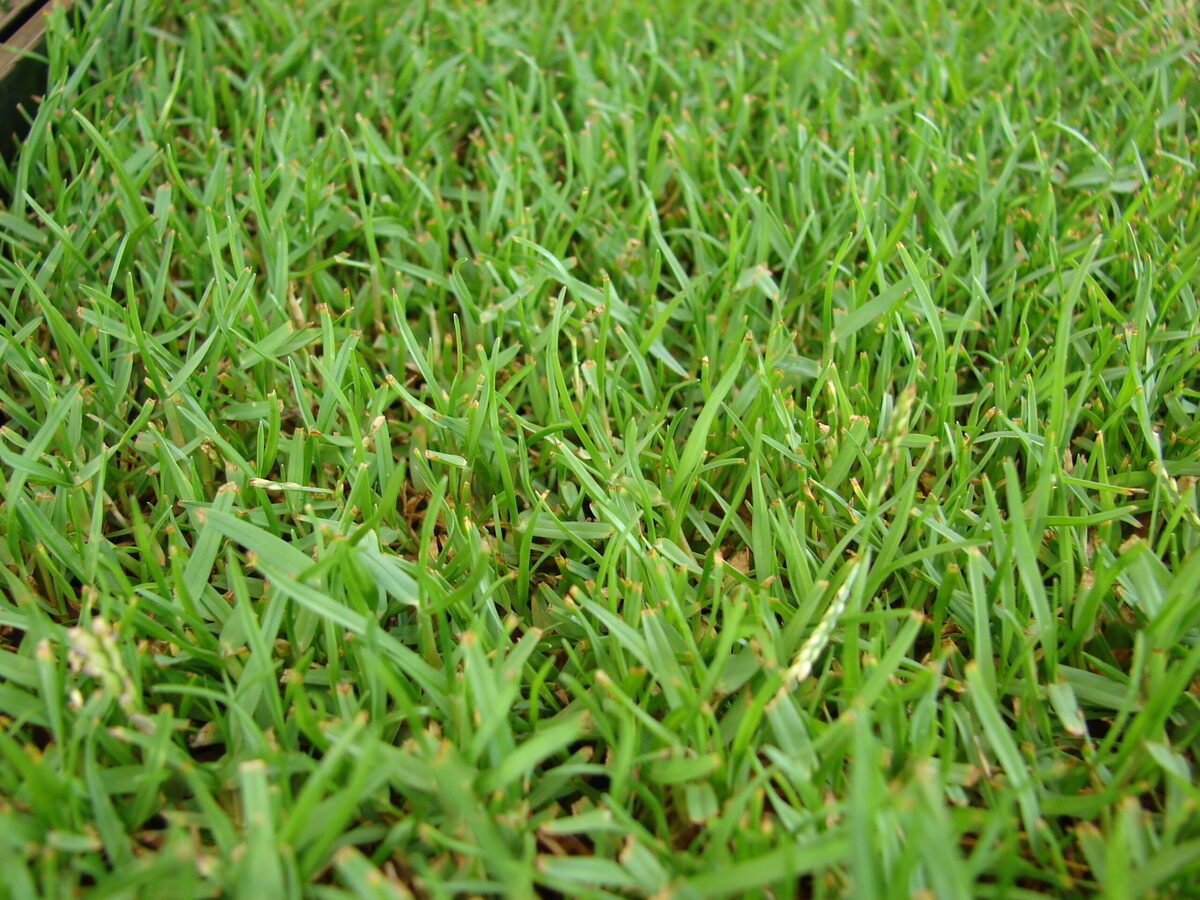
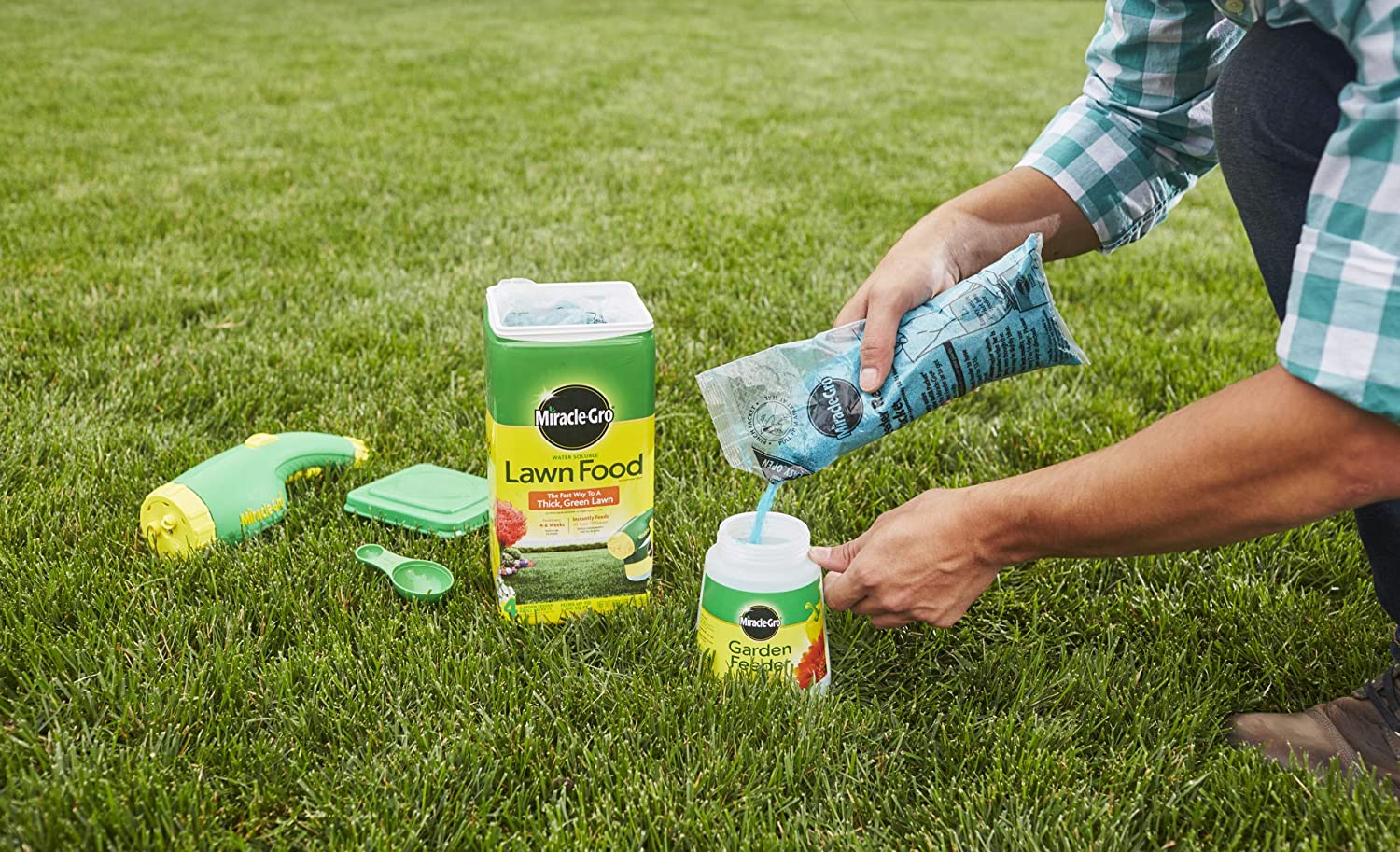
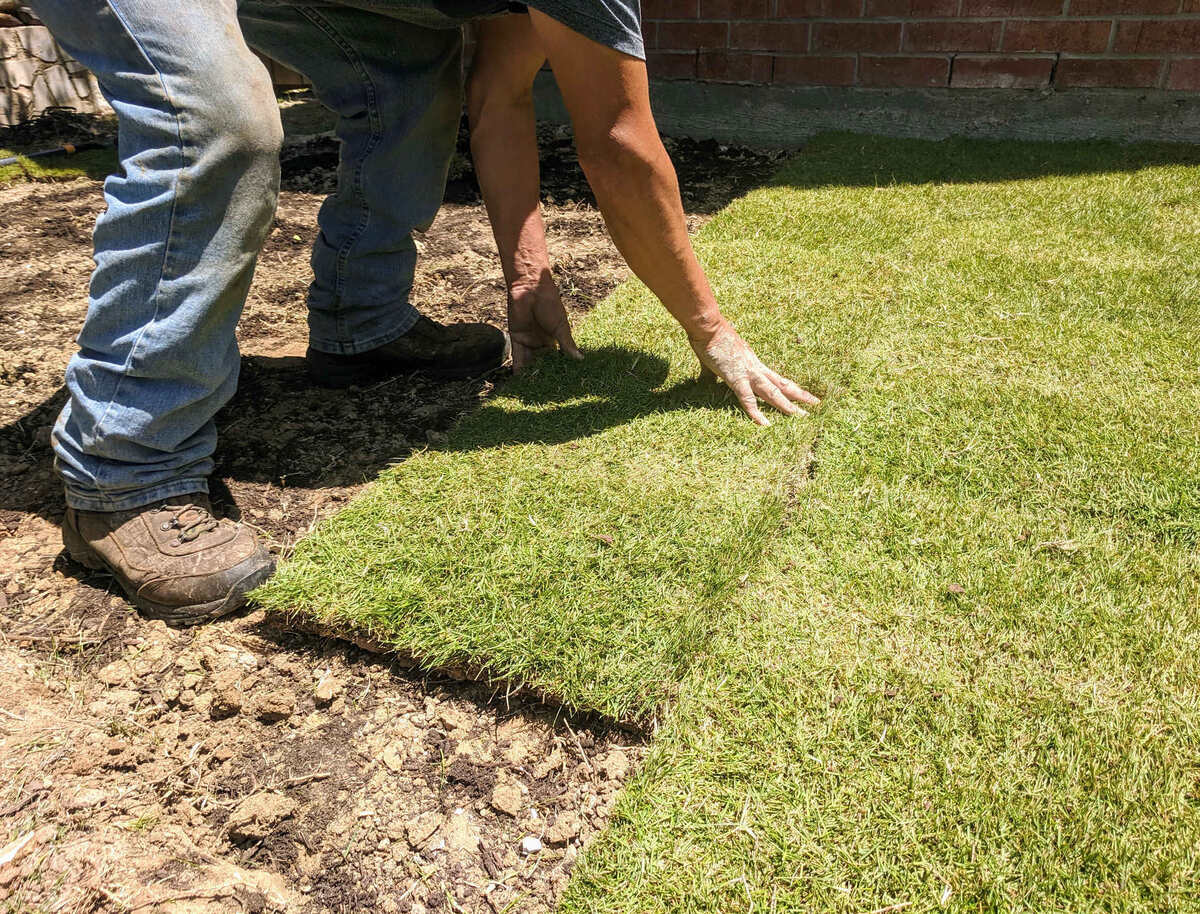
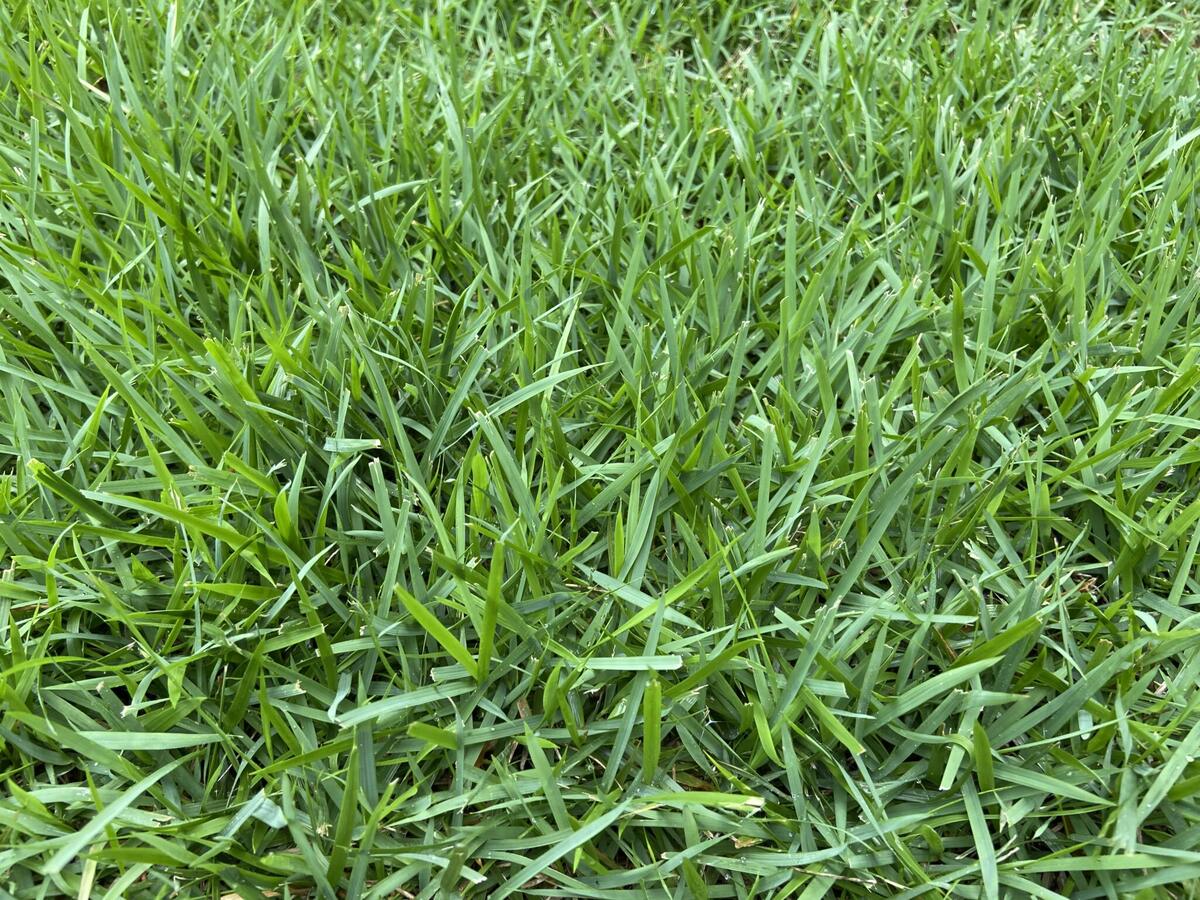
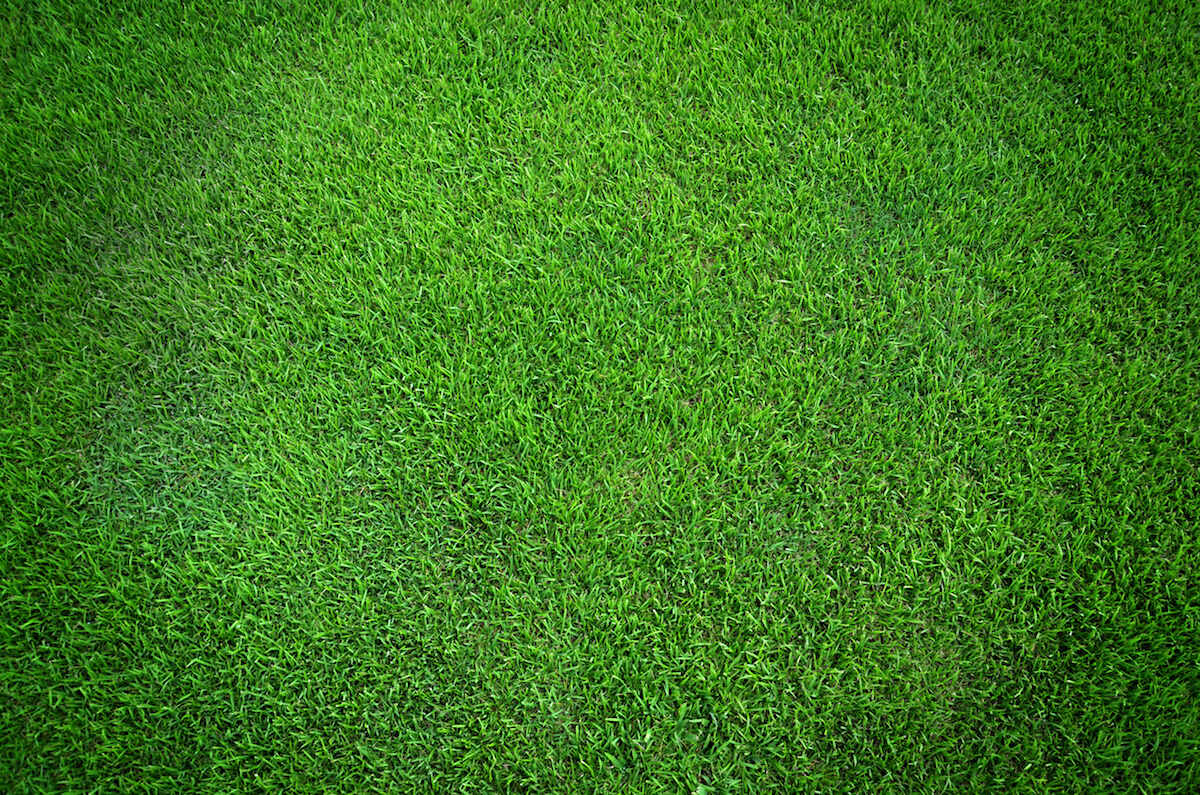
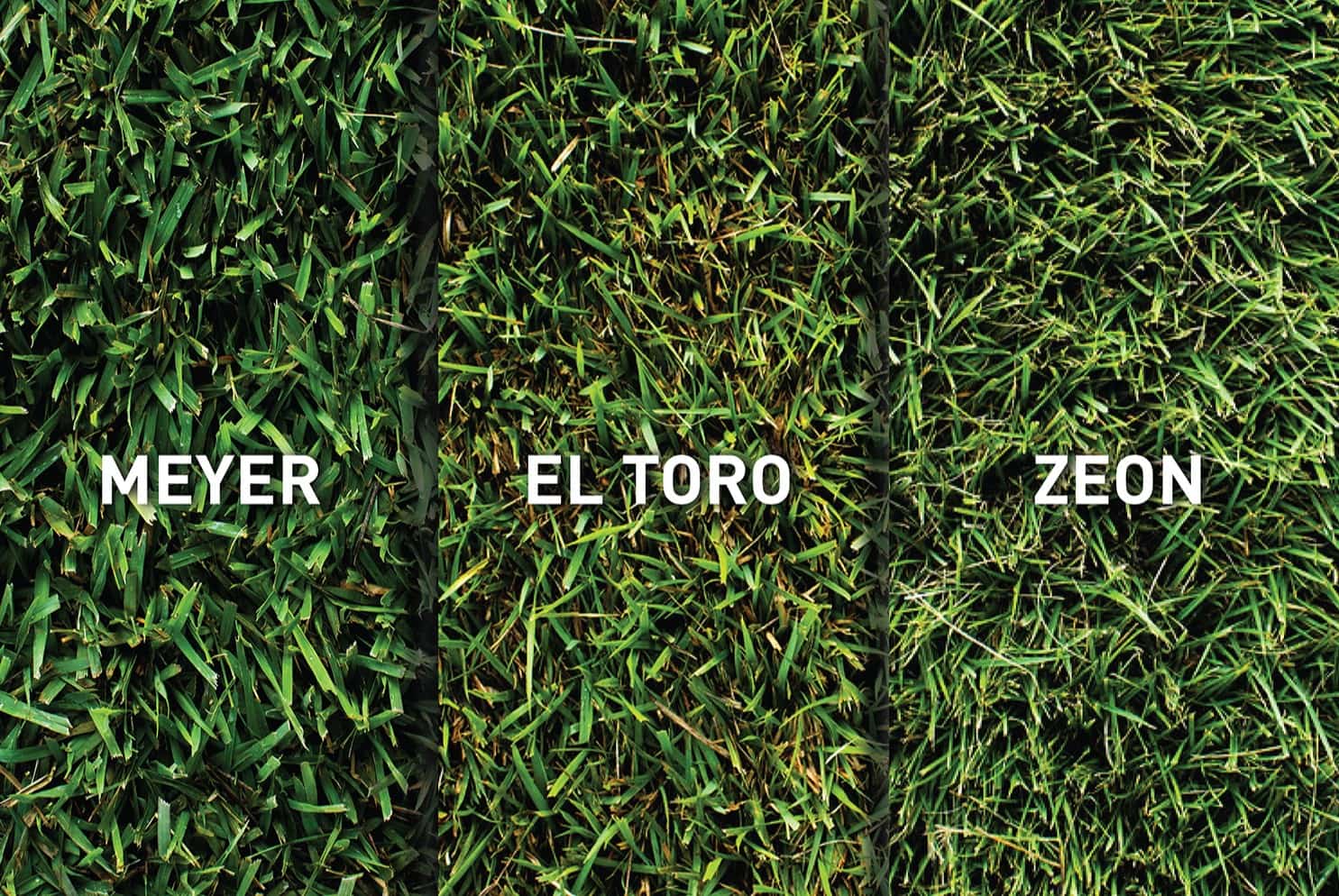
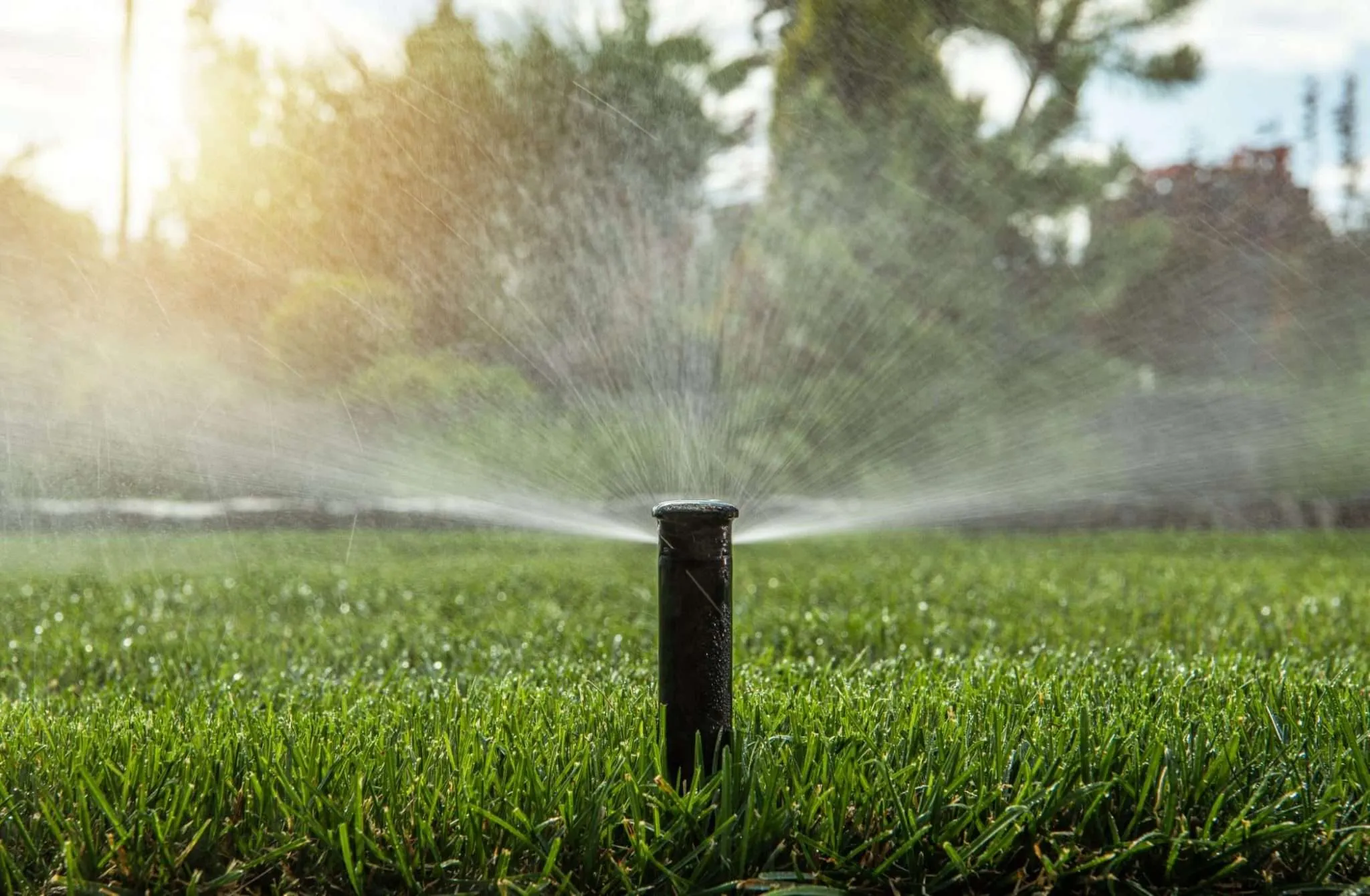
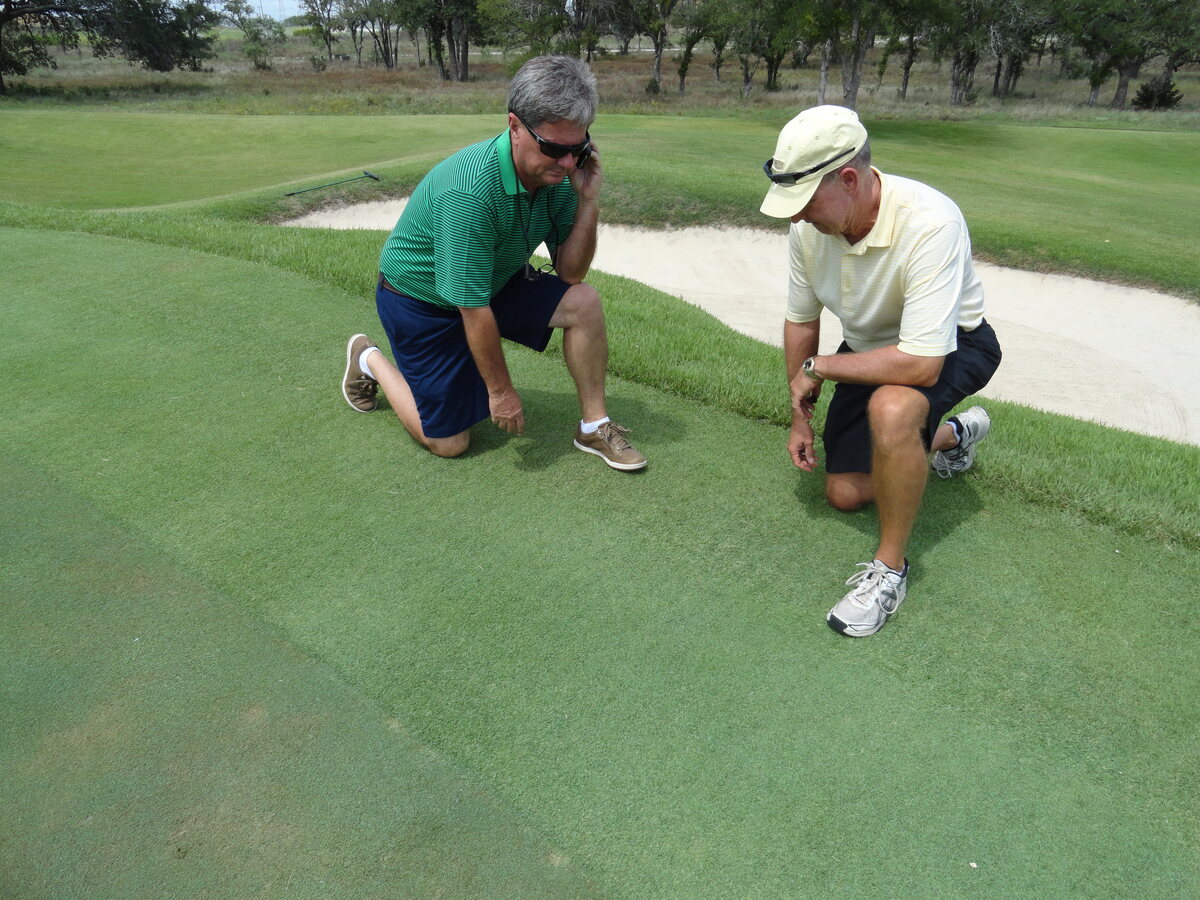
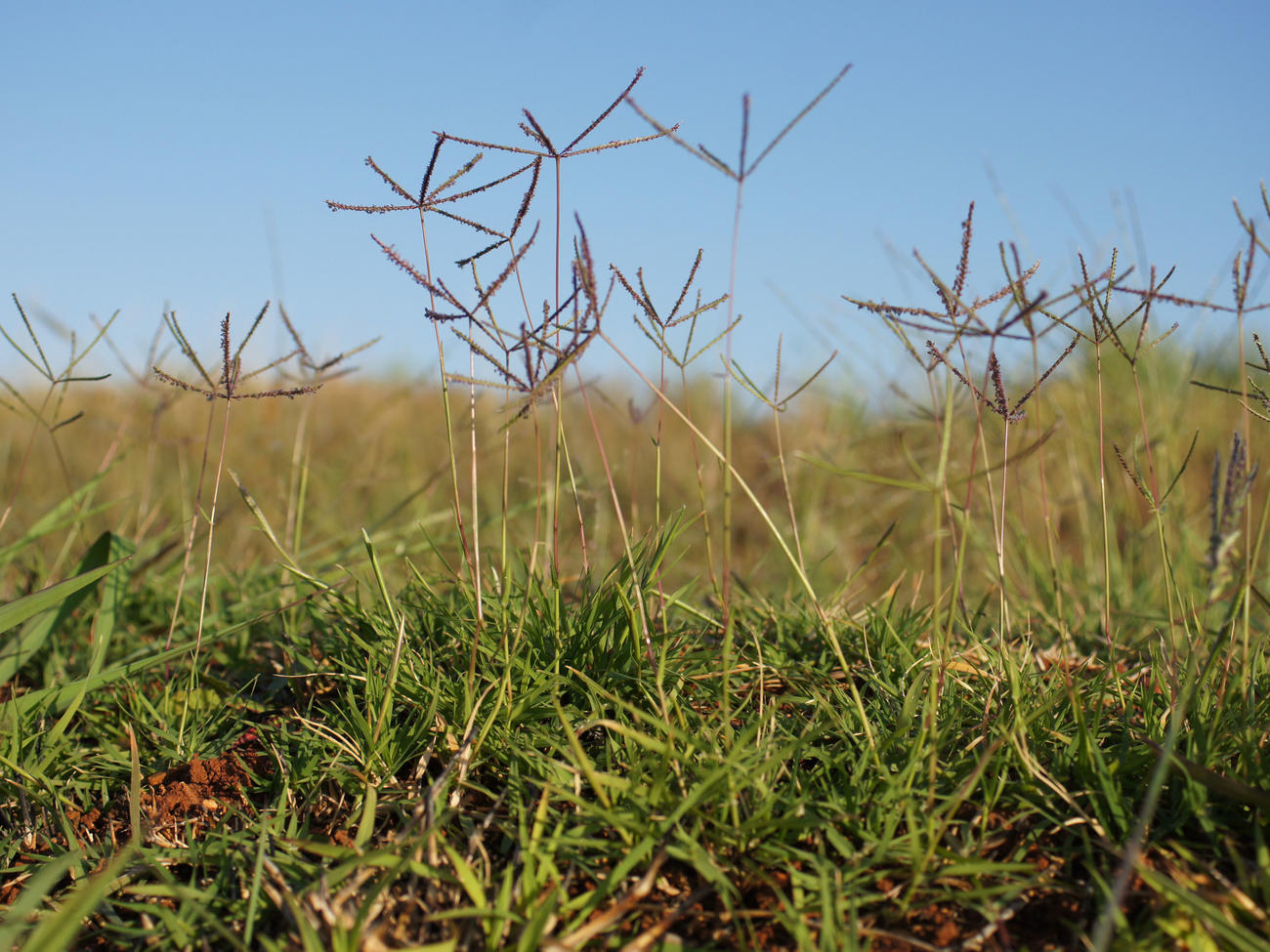
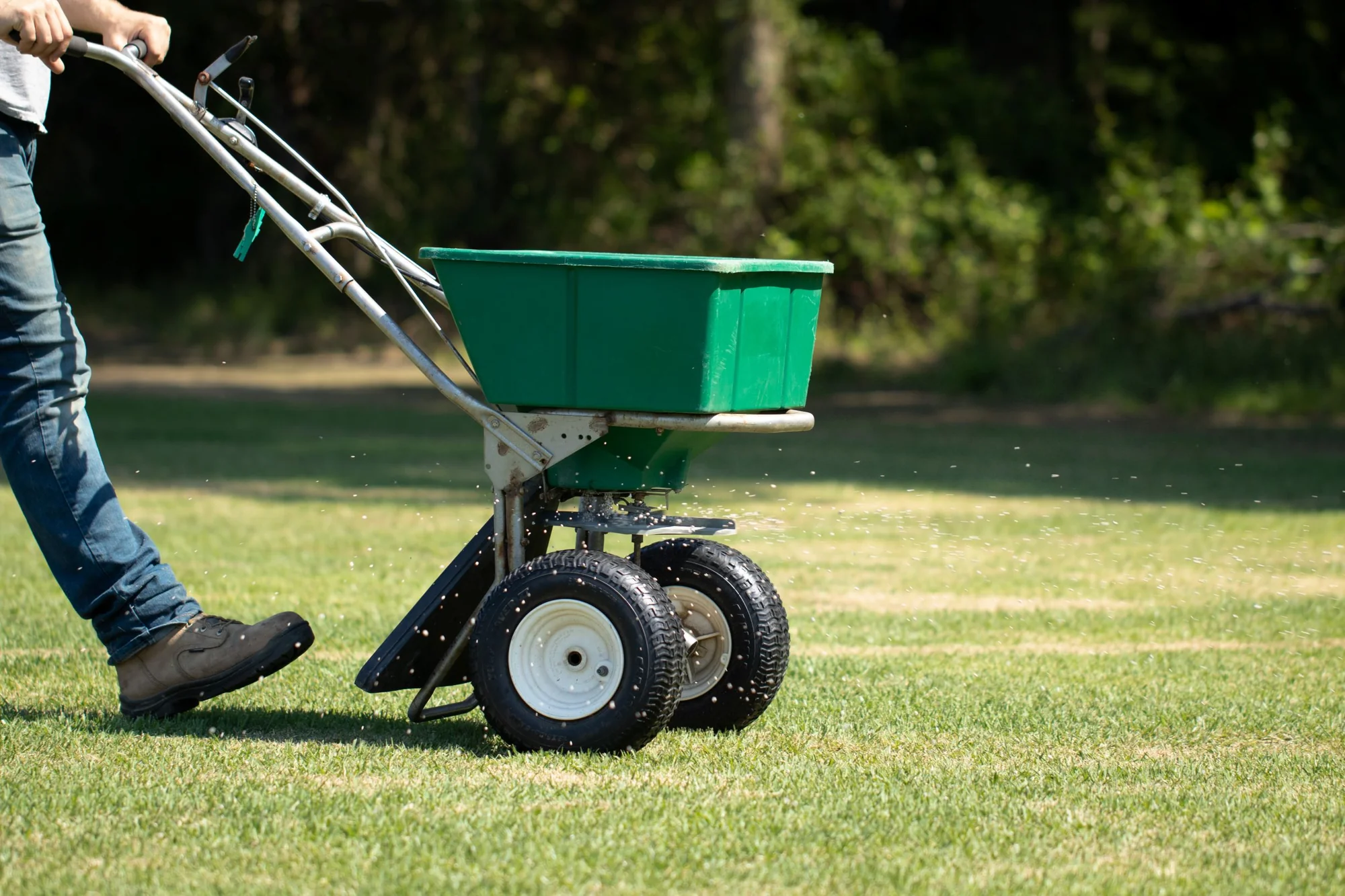
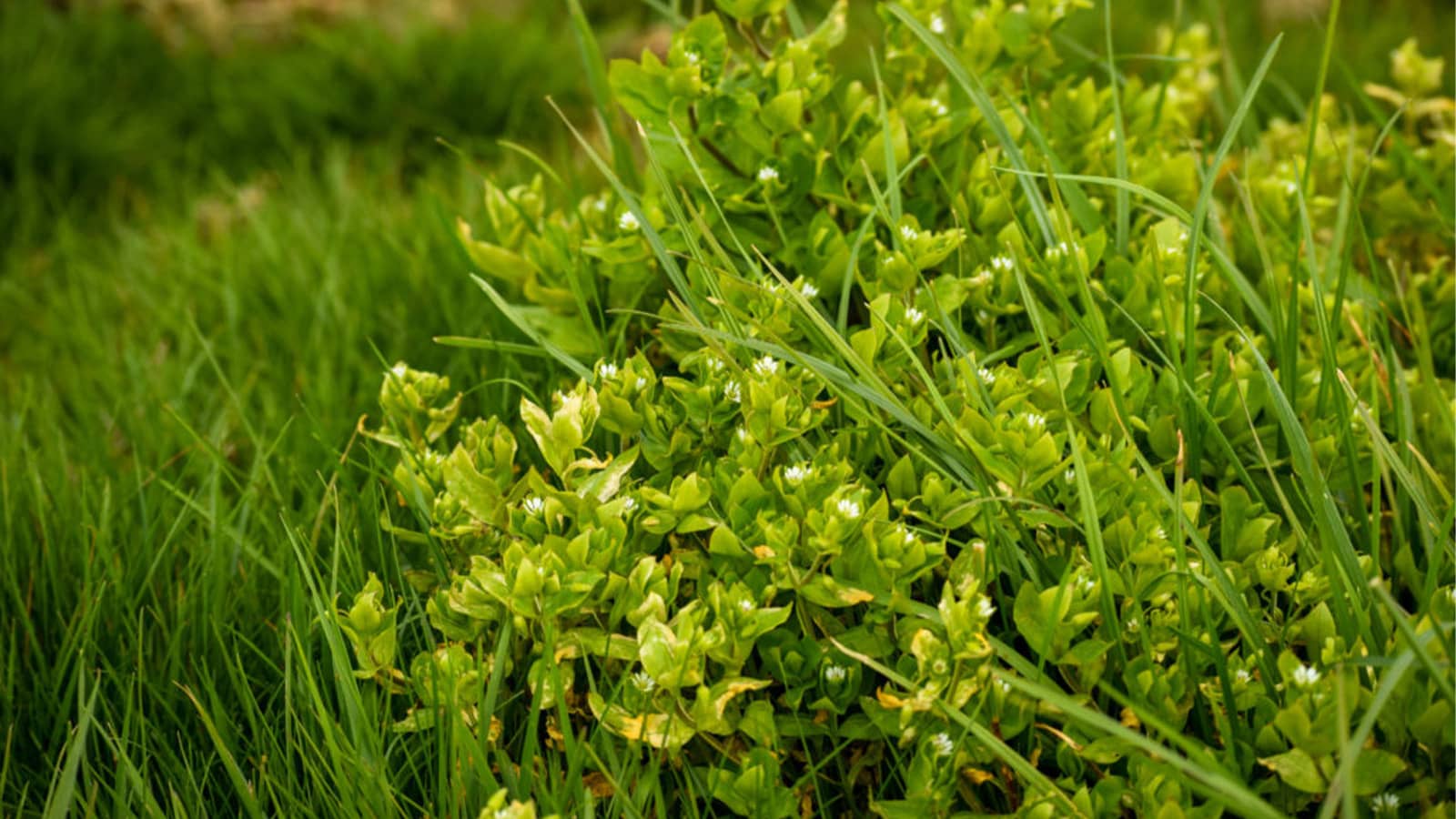

0 thoughts on “How To Remove Zoysia Grass”